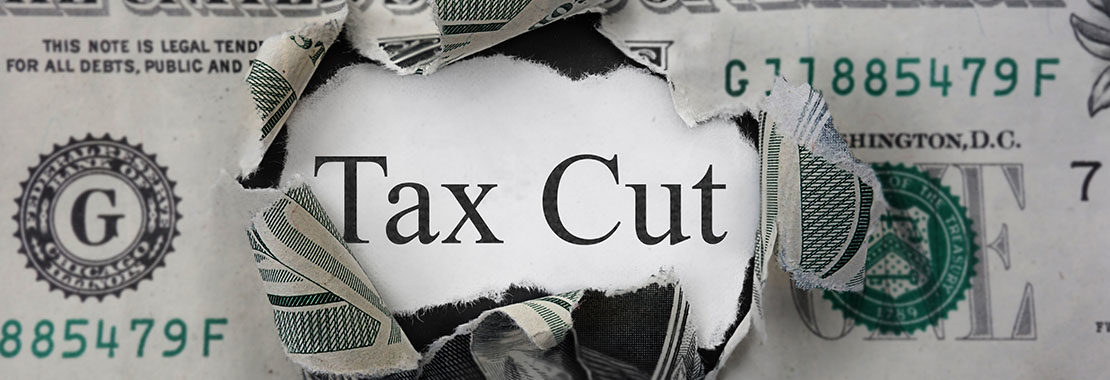Contributing Author: Mark Persellin
When the Tax Cuts and Jobs Act of 2017 (TCJA) was enacted, the Trump administration (and others) asserted that the legislation would not add to the Federal deficit. The U.S. Department of Treasury argued that the TCJA would be, at worst, revenue neutral. The Treasury posited that the TCJA would stimulate economic growth and that the resulting tax revenue increases would more than offset the bill’s tax revenue losses. However, most nonpartisan analysts, including Congress’s own Joint Committee on Taxation (JCT), projected that the TCJA would add more than $1 trillion to the Federal deficit.
According the JCT’s analysis, the one provision in the TCJA that had the largest projected revenue loss (approximately $1.35 trillion) was the reduction in the corporate tax rate to 21%. Recent reports indicate significant decreases in Federal corporate tax revenues and significant increases in the Federal budget deficit. Since the Trump administration and others argued that the TCJA would be revenue neutral (or even revenue positive) after its effects on the economy were factored in, an excellent classroom exercise would be to examine whether those pro-TCJA arguments are supported by the facts.
Ideas for Class Assignments
1.Have students research and discuss various projections of the budget effects of the TCJA, including that of the JCT. Specifically, have students address the budget effects of the corporate tax rate cut and other TCJA corporate-related provisions.
2.Have students research recent Federal budget reports and discuss the assertion that the recent growth in the Federal deficit can be blamed somewhat on the TCJA corporate tax rate cut.
3.The main argument for the TCJA corporate tax rate cut was to make the U.S. more competitive when compared to the corporate tax structure of other industrialized countries. Have students analyze and compare the current U.S. corporate tax structure (e.g., rates) with that of other industrialized countries.
Resources
- Joint Committee on Taxation, “Estimated Budget Effects of the Conference Agreement for H.R. 1, the ‘Tax Cuts and Jobs Act’.” (December 18, 2017.) JCX-67-17.
- Joint Committee on Taxation, “Macroeconomic Analysis of the Conference Agreement for H.R. 1, the “Tax Cuts and Jobs Act’.” (December 22, 2017.) JCX-69-17.
- U.S. Department of Treasury, “Reports, Statements & Publications.”
- PwC, “Worldwide Tax Summaries – Corporate Taxes 2018/19.”
- Tax Foundation, “International Tax Competitiveness Index 2019.”
SWFT CHAPTERS:
SWFT Comprehensive: Chapters 17
Interested in earning *FREE* CPE Credit?!
Sign up for one of our free webinars HERE.
To view previously recorded webinars, visit our discipline page HERE.
*Please note that you will not receive CPE credit for previously recorded webinars. To access tax and accounting webinars, navigate to specialization section, and select “Business & Economics” drop down.

